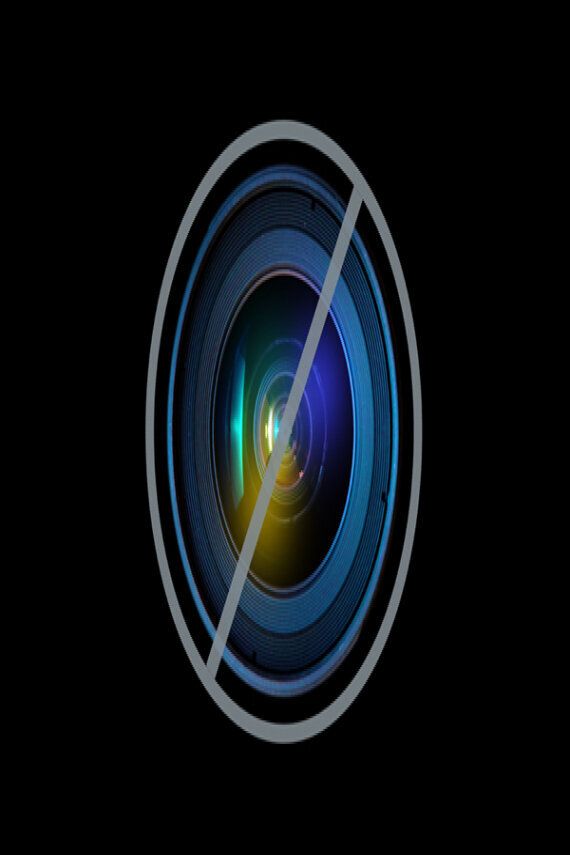They may have come a long way since the Cold War, but collaboration in space between Russia and the US still have their price - £273 million to be precise.
Since retiring Nasa's space shuttle program in 2011, America has relied on the Russian Space Agency (RSA) to take its astronauts to and from the International Space Station (ISS).
The latest contract between the two covers trips and training for six astronauts in 2016/17 - working out as £45.4 million for each seat.

American astronauts can no longer rely on Nasa for transportation
Nasa officials are angry at the US Congress for refusing to adequately fund its own space missions and back commercial ventures to do the same, which would make reliance on Russia unnecessary.
Writing in a blog, Nasa administrator, Charles Bolden, said: "While our Russian counterparts have been good partners, it is unacceptable that we don't currently have an American capability to launch our own astronauts.
"Three years ago, the Administration put forward a public-private partnership plan, the Commercial Crew Program (CCP), to ensure that American companies would be launching our astronauts from U.S. soil by 2015.
"Because the funding for the President's plan has been significantly reduced, we now won’t be able to support American launches until 2017."
The world's superpowers are not the only players in an area that used to be their exclusive reserve.
A number of private companies are making significant headway into commercial space travel. SpaceX already runs commercial cargo trips to the ISS and wants to send manned missions to the space station within a few years. Last month SpaceX successfully tested its 'Grasshopper' reusable rocket which aims to reduce space travel costs by as much as 100 times.
For tourists the options are also increasing - slowly. On Monday Virgin Galactic completed its first rocket-powered flight, another step towards its goal of sending fee-paying tourists into space within a few years.